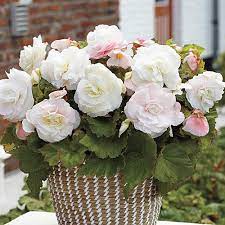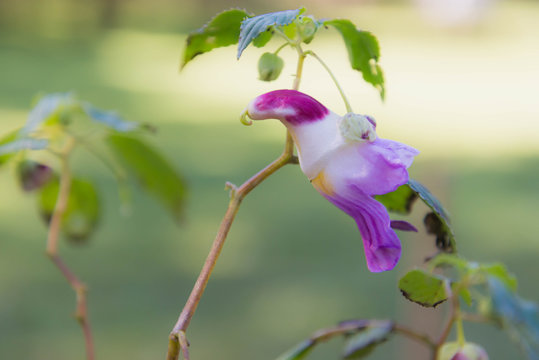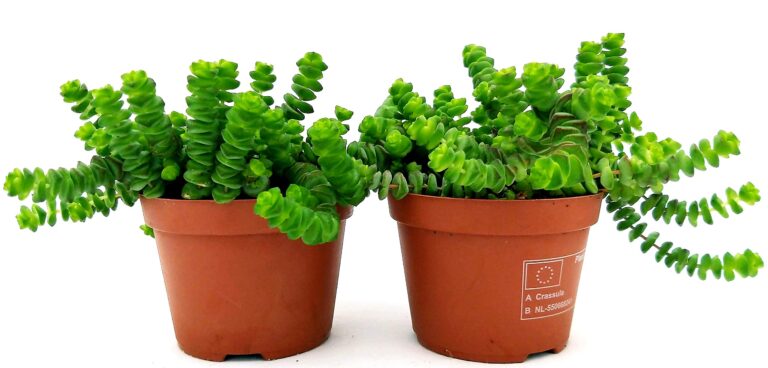Introduction
Spider plants, scientifically known as Chlorophytum comosum, are popular indoor houseplants admired for their graceful arching leaves and air-purifying abilities. These resilient plants are easy to care for, making them an ideal choice for both novice and seasoned plant enthusiasts. In this article, we will explore everything you need to know about Spider Plant care, benefits, propagation, dealing with brown tips, flowering, caring for them outdoors, and different types of Spider Plants.
More indoor plants
Table of Contents
- Spider Plant Care 1.1 Light Requirements 1.2 Watering 1.3 Soil and Potting 1.4 Temperature and Humidity 1.5 Fertilization 1.6 Pruning and Maintenance
- Benefits of Spider Plants 2.1 Air Purification 2.2 Stress Reduction 2.3 Improved Indoor Environment
- Spider Plant Propagation 3.1 Propagation through Plantlets 3.2 Propagation through Division
- Dealing with Brown Tips on Spider Plants 4.1 Overwatering 4.2 Underwatering 4.3 Water Quality 4.4 Pest Infestation
- Spider Plant Flowering 5.1 Conditions for Flowering 5.2 Spider Plant Flowers and Reproduction
- Caring for Spider Plants Outdoors 6.1 Choosing the Right Location 6.2 Outdoor Spider Plant Care Tips
- Different Types of Spider Plants 7.1 Variegated Spider Plant 7.2 Reverse Variegated Spider Plant 7.3 Bonnie Spider Plant 7.4 Curly Spider Plant
Spider Plant Care
Spider plants thrive in bright, indirect light but can tolerate lower light conditions. Place them near a window with filtered sunlight for optimal growth. Avoid exposing them to direct sunlight as it can scorch their leaves. Regularly water the plants, keeping the soil evenly moist but not overly saturated. Well-draining soil and pots with drainage holes are essential to prevent root rot. Spider plants prefer average room temperatures between 60-75°F (15-24°C) and moderate humidity. Fertilize the plants every two to four weeks during the growing season using a balanced houseplant fertilizer. Pruning dead or yellow leaves and occasional grooming will help maintain their vibrant appearance.
Benefits of Spider Plants
Spider plants are not just visually appealing; they also offer numerous benefits to your indoor environment. These benefits include air purification, stress reduction, and improved overall well-being. As natural air purifiers, Spider plants absorb harmful toxins and release oxygen, improving air quality and reducing the risk of respiratory issues. The presence of greenery and nature indoors has been shown to enhance mood, lower stress levels, and increase productivity. Spider plants also act as natural humidifiers, adding moisture to the air and reducing dryness.
Spider Plant Propagation
Spider plants are incredibly easy to propagate, making them a popular choice for plant lovers. They produce small plantlets or offsets that can be easily separated and potted to create new plants. Another method of propagation is through division, where the mature plant is carefully separated into multiple sections, each with its own roots. Both methods yield successful results and provide an opportunity to share Spider plants with friends and family.
Dealing with Brown Tips on Spider Plants
Brown tips on Spider plants can be indicative of various issues. Overwatering is a common cause, as excessive moisture leads to root rot and leaf damage. Underwatering, on the other hand, can result in dry and crispy leaf tips. Poor water quality or pest infestations can also contribute to brown tips. To address this problem, ensure you water your Spider plants appropriately, maintaining consistent moisture levels. Use filtered or distilled water to prevent harmful chemicals from affecting the plants. Inspect for pests regularly and take necessary measures to eliminate them.
Spider Plant Flowering
Spider plants occasionally produce small, white flowers, typically during the spring and summer months. To encourage flowering, provide the plants with adequate light, warmth, and proper care. The flowers eventually develop into small plantlets that can be propagated. It’s important to note that Spider plants are primarily grown for their foliage, and flowering is not a common occurrence in indoor environments.
Caring for Spider Plants Outdoors
Spider plants can also be grown outdoors in suitable climates. When choosing an outdoor location, opt for a spot with partial shade or indirect sunlight. Protect them from intense afternoon sun to prevent leaf burn. Provide well-draining soil and water the plants regularly, ensuring the soil remains moist but not waterlogged. Outdoor Spider plants can be susceptible to cold temperatures, so it’s advisable to bring them indoors or provide frost protection during winter in colder regions.
Different Types of Spider Plants
Spider plants come in various cultivars, each with its unique leaf patterns and characteristics. Some popular types include:
- Variegated Spider Plant: Known for its green leaves with white stripes or edges.
- Reverse Variegated Spider Plant: Features white leaves with green stripes or edges.
- Bonnie Spider Plant: Exhibits broad, white-striped leaves and compact growth.
- Curly Spider Plant: Recognized for its curly and twisted foliage.
These different Spider Plant types offer a diverse range of visual appeal and allow plant enthusiasts to choose the one that best suits their preferences.
Conclusion
Spider plants, with their elegant foliage and air-purifying abilities, are a wonderful addition to any indoor or outdoor space. With proper care and attention, they can thrive and bring beauty and benefits to your environment. Remember to provide adequate light, water consistently, maintain suitable humidity levels, and propagate them as desired. By incorporating Spider plants into your living spaces, you can enjoy their aesthetic charm while experiencing the positive impacts they have on your well-being.
Frequently Asked Questions
1. How often should I water my Spider Plant? Spider plants prefer to be kept evenly moist. Water them when the top inch of soil feels dry, usually once a week, and adjust the frequency based on the environmental conditions.
2. Can Spider plants survive in low light conditions? While Spider plants can tolerate lower light conditions, they thrive in bright, indirect light. Place them near a window with filtered sunlight for optimal growth.
3. How do I propagate Spider plants? Spider plants can be propagated through plantlets that develop from the parent plant or through division by separating mature plants into sections with their own roots.
4. Why are the tips of my Spider plant turning brown? Brown tips on Spider plants can be caused by overwatering, underwatering, poor water quality, or pest infestations. Adjust your watering routine and inspect for pests to address the issue.
5. Do Spider plants require fertilizer? Yes, Spider plants benefit from reg







